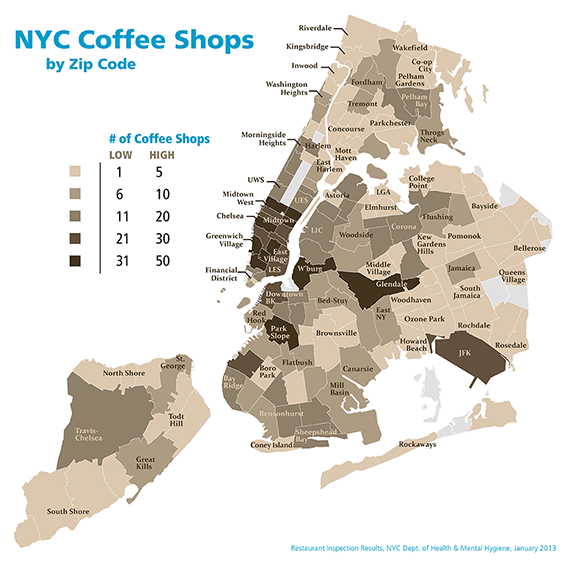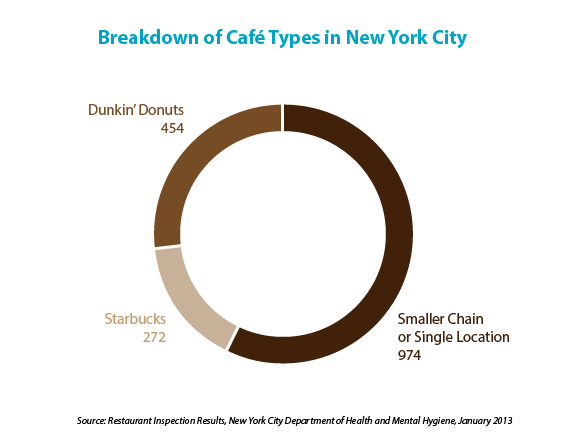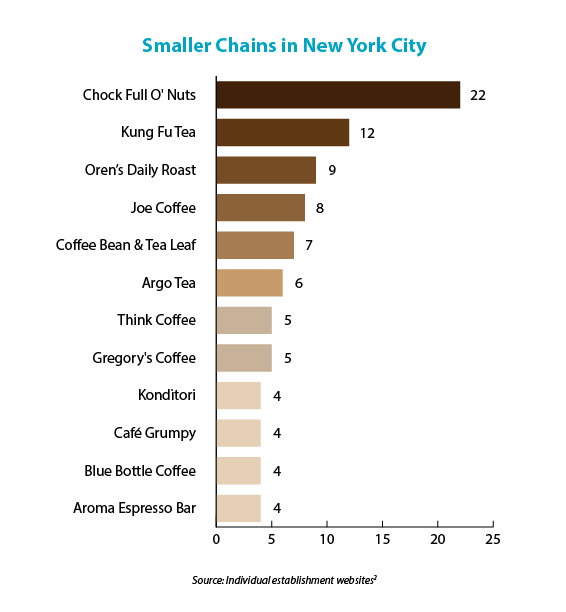Travel Times in Manhattan. The average commute across the country. The average travel time to work in the United States is 25.4 minutes, according to the U.S. Census Bureau
 It looks like every block of NYC has been wrapped in Christmas lights, but in reality, you’re looking at the nine most prominently tweeted languages across the city (aside from English).
It looks like every block of NYC has been wrapped in Christmas lights, but in reality, you’re looking at the nine most prominently tweeted languages across the city (aside from English). The map was created by James Cheshire, Ed Manley, and John Barratt, who collected 8.5 million geo-located tweets between January 2010 and February 2013. To build the image itself, they placed a point every 50 meters across the city. Tweets falling in close proximity were translated into a grid that you see here.
The trends are immediately fascinating. Midtown Manhattan is hugely multilingual, like a someone spilled a jar of confetti across the island--and in fact, the only other place that’s so diverse is probably JFK International Airport. Spanish speakers seem to web their way into every borough, focusing a stronghold in the Bronx, while Russian rules Brighton Beach and Portuguese dominates Newark.
Of course, all of these bursts of color represent a mere 6% of all tweeting in the city, with the other 94% belonging to English speakers (who, of course, may have multilingual speaking patterns that aren’t represented by their tweeting patterns). Even still, projects like this one are fascinating from an urban planning perspective. A relatively simple analysis of big data reveals, with extreme specificity, where various nationalities reside inside a giant urban melting pot. Even the minor possible interactions one can glean from this--like should the city distribute language-specific emergency information to certain blocks?--seem powerful on the sense of scale alone.

It makes you wonder, with all the data hiding inside, will social media ever have a chance to improve our lives? Or will the vast majority of it merely be leveraged to sell us extremely specific jeans?
via i.imgur.com
via nytimes.comBelow are maps from a study, called “The Geography of Buzz.” The authors, Elizabeth Currid, an assistant professor in the School of Policy, Planning and Development at the University of Southern California in Los Angeles, and Sarah Williams, the director of the Spatial Information Design Lab at Columbia University‘s Graduate School of Architecture, Planning and Preservation, mined thousands of photographs from Getty Images that chronicled flashy parties and smaller affairs on both coasts for a year, beginning in March 2006. The maps show the density of different types of cultural events in New York and Los Angeles. | Related Article
New York

Los Angeles






